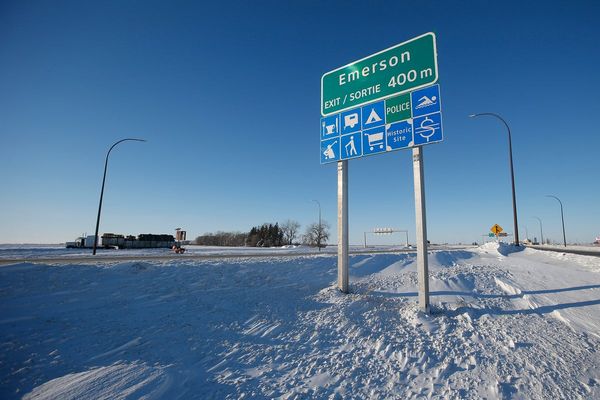Following the Met Office's announcement that some areas of the UK could be hit by snow, many may be habitually checking their weather app to see if it could fall in their area this week.
According to expert weather forecasters, snow is likely to be seen in parts of norther England by the middle of next week. The Met Office's long range weather forecast for December 8 to December 17 reads: "It will likely continue to be cold with further showers for much of the UK, which will fall as sleet and snow across the north leading to some accumulations of snow across higher ground, showers falling as rain or sleet more likely in parts of the south.
"Away from coasts there will likely be a good deal of fine and dry weather with sunny spells at times in the south, but with some sharp overnight frosts expected. There is a small chance that some less cold weather and rain could push up into the extreme south later on in the forecast period. On balance, however temperatures remaining cold or very cold everywhere in the UK throughout."
Read more: Met Office forecasts snow by middle of next week
However, very specific criteria have to be met before snow starts falling from the sky. Even after that, there is no guarantee the snow will stick properly, instead turning into a horrible grey sludge.
Here's everything you need to know about achieving picturesque snow in the winter.
How cold does it need to be to snow?
When solely talking about temperature, heavy snow tends to fall in the UK when it reaches 0C and 2C in the air. For it to stick, however, the ground must hold a temperature below 2C.
If the air reaches anything above 2C then what could have been snow will simply turn into sleet. If the air temperature reaches anything over 5C, then you just get regular cold rain.
According to the National Snow and Ice Data Center (NSIDC): "For snow to fall, moisture must be present in the atmosphere. Snowstorms also rely heavily on temperature, but not necessarily the temperature we feel on the ground. Snow forms when the atmospheric temperature is at or below freezing (0°C or 32°F).
"If the ground temperature is at or below freezing, the snow will reach the ground. However, the snow can still reach the ground when the ground temperature is above freezing if the conditions are just right.
"In this case, snowflakes will begin to melt as they reach this higher temperature layer; the melting creates evaporative cooling, which cools the air immediately around the snowflake. This cooling slows down melting. As a general rule, though, snow will not form if the ground temperature is at least 5°C (41°F)."
Read next:







